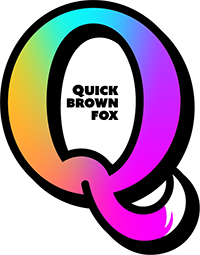Imagine this: you’re driving down a busy city street, and your eyes wander to a massive billboard featuring your favorite soft drink. Suddenly thirsty, you stop by a nearby convenience store for that refreshing beverage. This scenario is a testament to the ability of out-of-home (OOH) advertising to engage wide-ranging audiences.
Although the OOH industry faced setbacks during pandemic restrictions, analysts predict a full recovery by 2024. Surveys indicate that 68% of individuals sometimes make shopping decisions while on the road, showing the power of billboard advertising.
However, the digital transformation of news consumption has expanded the capabilities of OOH advertising since OOH’s resurgence. Enter fake OOH (FOOH) ads, digitally altered advertisements masquerading as authentic. Continue reading as we expose this phenomenon and its influence on the industry.
What is FOOH and Why Is It on the Rise?
FOOH, short for faux out-of-home, involves deceptive or exaggerated OOH campaigns that mimic legitimate advertisements. These misleading endeavors often seek attention, intrigue, or controversy via digitally altered pictures or videos of billboards, posters, and projections.
The growing prominence of FOOH can be attributed to several key factors. It draws brands with the potential for viral social media buzz, embracing the “all publicity is good publicity” mantra. In an age when standing out is becoming more and more difficult, FOOH offers a unique and disruptive way to gain attention.
Examples of FOOH
Here are real-world examples of FOOH campaigns and how the organizations behind them did it:
1. Maybelline’s giant mascara wands on London transport
Maybelline’s FOOH campaign transformed London’s tube trains and buses by featuring giant mascara wands brushing oversized eyelashes atop these vehicles. The hyper-realistic cosmetic props were not physically present but were created using advanced computer-generated imagery (CGI) techniques.
2. Giant Barbie escapes packaging in Dubai
In Dubai, a FOOH campaign promoting the Barbie movie made headlines by depicting a gigantic Barbie figurine breaking free from her box. Using real footage edited with CGI, the display provided a whimsical advertisement for the Barbie film.
View this post on InstagramA post shared by Eye Studio| Creative Content & Social Media Agency👁️ (@eyestudioae)
3. Jacquemus’ bags drive on Parisian roads
The avant-garde fashion brand Jacquemus generated buzz in Paris with a unique FOOH campaign. It showcased a fleet of iconic bags seemingly driving through the streets of the French capital. The brand created this optical illusion through 3D art and CGI to promote a fashion event.
All three events went viral, garnering hundreds of thousands of reactions from viewers. Maybelline and Jacquemus’ campaigns were so realistic that many thought they were real, which sparked discussions about the safety-advertising boundary.
How Fake OOH Ads Can Benefit Brands and Consumers
While disruptive, FOOH advertising represents an unorthodox yet thought-provoking approach that can benefit both brands and consumers in several ways:
- Generating buzz and awareness
FOOH campaigns have the potential to go viral, sparking conversations and piquing curiosity on various online platforms. You can harness the intrigue of deceptive ads to quickly capture broad audience attention for your products and services.
- Testing creative concepts
FOOH lets brands test creative concepts without the risks and costs of producing and installing physical OOH ads. By gauging online audience reactions to simulated campaigns, brands can refine marketing strategies for better real-world resonance.
- Inspiring innovation and experimentation
FOOH pushes the boundaries of what’s possible in OOH advertising. Freed from resource and time limitations, brands can innovate and experiment with unconventional ideas. This freedom keeps the industry fresh for consumers and encourages originality among advertisers.
How Fake OOH Ads Can Challenge and Empower Advertisers and Consumers
FOOH ads are here to stay and are even starting to shape local OOH practices. Here’s how you can expect the practice to change and reflect on advertisers and consumers.
For advertisers
1. More accountability and transparency
FOOH campaigns challenge advertisers to strike a balance between the deceptive nature of FOOH and the attention-grabbing capacity it offers. This duality underscores the need for heightened accountability and transparency. The risk of viewers mistaking FOOH for reality necessitates a delicate approach to maintaining trust in OOH advertising.
2. Adapting to changing consumer behavior and expectations
Fake OOH ads can challenge advertisers to keep up with the evolving consumer behavior and expectations in the digital age. By using FOOH campaigns that are engaging and shareable, advertisers can cater to consumers who are increasingly online, mobile, and social. It can also appeal to those looking for more authentic experiences from brands.
3. Stimulating creativity and innovation
Paradoxically, FOOH empowers advertisers to push creative boundaries. Deceptive campaigns like FOOH inspire experimentation with new ways of engaging consumers. Advertisers can utilize interactive displays and dynamic content to create immersive OOH experiences based on FOOH experimentation.
For consumers
1. Wiser ad consumption
FOOH challenges consumers to approach ad consumption with greater discernment. The prevalence of deceptive campaigns emphasizes the need to scrutinize content. To avoid fake or exaggerated OOH ads, consumers must verify content authenticity and credibility online. This involves checking sources, dates, locations, and logos.
This necessity fosters a more informed and cautious approach to advertising.
2. More active participation
FOOH empowers consumers to actively participate in their interactions with OOH advertising. Modern ads often incorporate innovative technologies like augmented reality (AR) and virtual reality (VR), inviting users to engage and immerse themselves in the content. Additionally, FOOH campaigns thrive on social media and websites, giving consumers a space to voice their opinions and reactions to these captivating spectacles.
Fake Ads, Real Results
OOH advertising has the transformative power to reshape brand strategies. Its remarkable impact and potential virality are so effective that fake OOH campaigns can influence a brand’s performance, credibility, and reputation. The unexpected rise of FOOH campaigns is intriguing, making consumers wonder how far they’ll go next.
Think about it: what if these FOOH campaigns were real? Imagine the buzz and attention they would generate for the brands behind them, the creative possibilities and opportunities they would offer for the OOH industry, and the results and benefits they would deliver for the advertisers and audiences.
That’s the power of real OOH advertising. And that’s why you need QBF as your trusted partner. QBF can help you turn your vision into a compelling reality with our OOH media solutions. Whether you want to create a bold statement, a witty remark, or a clever twist, we can make it happen for you!
Reach out to us today through our contact page, and let’s get started!

